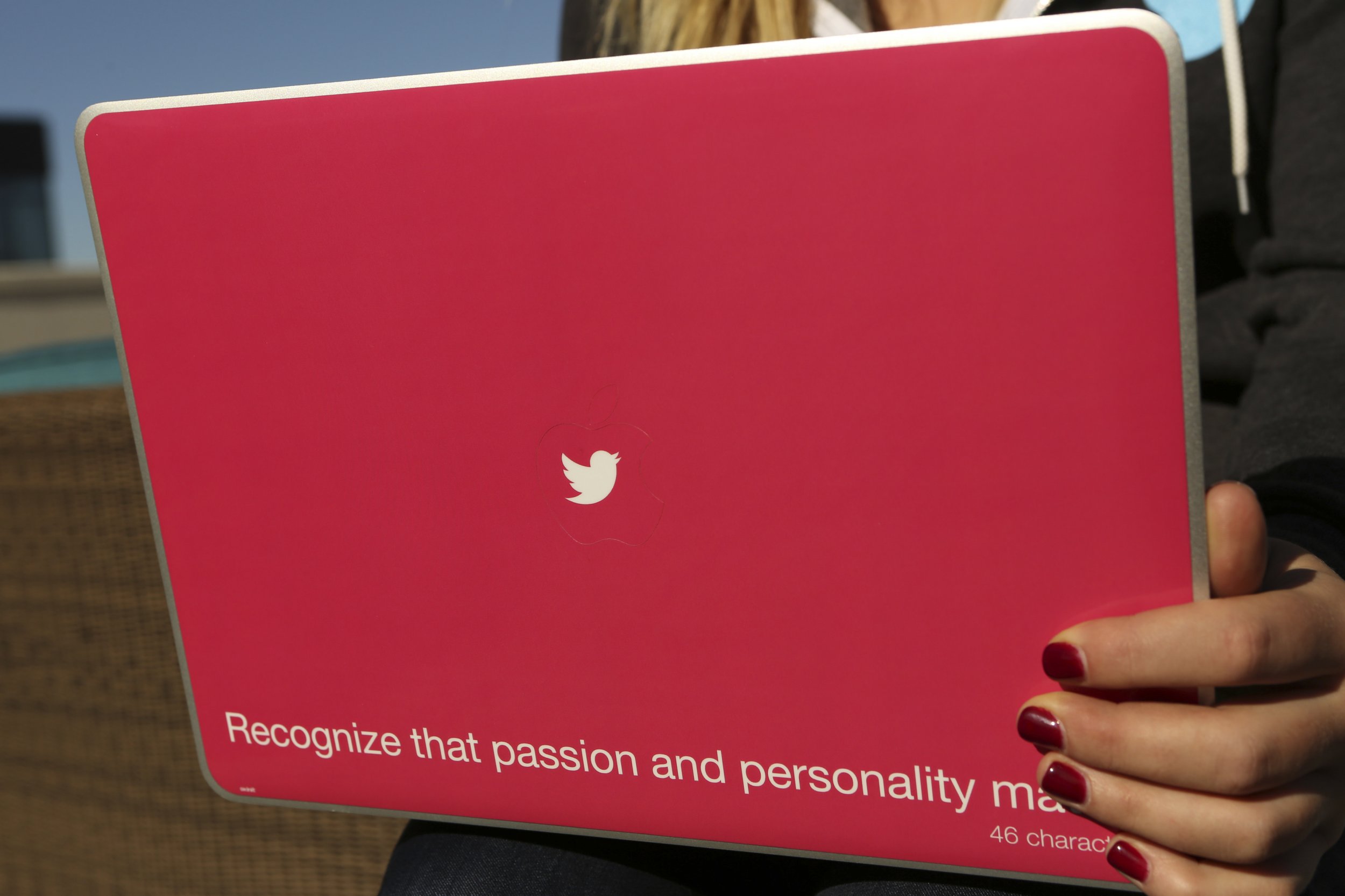
Firms in the tech industry have recently signaled their commitment to diversifying their workforces by creating—and publicizing—self-imposed gender and racial numerical targets.
Twitter—which announced its 2016 goals to increase women in tech roles to 16 percent and leadership roles to 25 percent—and Pinterest—which publicly stated its aims to increase full-time engineers to 30 percent female and 8 percent underrepresented ethnic backgrounds—are just two recent examples.
Though well intentioned, research shows that such signals actually undermine tech firms' ability to create—and capitalize on—a truly diversified workforce by reinforcing stereotypes and alienating high-performing candidates.
If a tech firm's goal is to realize its full potential through diversity—and not simply to appear responsive to accusations that racism and sexism permeate the tech industry—then quotas are not the answer. The firm's leadership must commit to doing the hard work of transforming its organizational culture into one where women and minorities can thrive.
First, publicly announced quotas and targets set up women and minorities for failure by perpetuating negative stereotypes. Numerous studies related to a phenomenon known as "stereotype threat" have demonstrated a causal relationship between stereotypes and reduced performance.
One study demonstrated a decline in women's performance on math tests when they were reminded, even subtly, of the stereotype that men are better than women at math. Another study found comprehensive evidence that benefactors of affirmative action programs are stigmatized as being less competent and less likeable and that this "stereotype threat" impairs performance.
The determination to appoint more women and minorities to tech leadership roles also risks reinforcing stereotypes because of very real biases resulting in more women appointed to riskier leadership assignments.
Related: What Silicon Valley Thinks of Women
In one study, researchers examined the circumstances under which men and women tend to be appointed to leadership positions in FTSE 100 companies. They found that companies that appointed a woman to their board—in contrast to those that appointed a man—experienced consistently poor performance in the months preceding the appointment. Women, they concluded, are more likely to be appointed to precarious leadership positions that are associated with an increased risk of criticism and failure.
Any plan to increase female leaders must include efforts to mitigate this bias or risk reinforcing existing stereotypes about female leadership. A quota system is simply inadequate to this task.
Moreover, firms that publicize diversity quotas and numerical targets deter high-performing female and minority candidates from applying to their job openings. An experiment designed to ascertain the role of quotas in job preferences showed that 25 percent of men and 17 percent of women avoided firms with gender quotas.
The results of a follow-up experiment suggested that the preference for firms with gender quotas was especially low among high performers. It is not that potential employees are insensitive to a firm's diversity. Rather, quotas deter high-performing job seekers because they signal that a firm's values may be at odds with the meritocratic ideals that they hold.
This may be especially problematic for the tech industry as it embraces the so-called Rooney Rule, which requires at least one woman and one minority on each candidate slate for various types of open positions. Who wants to waste time interviewing with a firm that seems only interested in ticking off a "diversity" box on a recruiting checklist?
To capitalize on diversity, companies should instead promote a culture of learning and integration. A landmark Harvard study came to this conclusion after carefully studying companies' varied approaches to workforce diversity.
The companies that benefited most from embracing diversity made a paradigm shift by connecting diversity to the actual work of the organization. The researchers describe eight conditions for making this shift, including fostering a culture of openness, truly valuing a variety of employees' insights and focusing on professional development.
Only when all employees consider diversity as a resource for organizational change, new products and new processes can a firm hope to reap the benefits of a numerically diverse workforce.
Admittedly, such a radical culture change requires drastic and sustained efforts such as those undertaken by Denny's in the 1990s after high-profile incidents of racism—and several class action lawsuits—damaged its reputation and threatened a permanent end to the restaurant chain. A major overhaul of Denny's culture, spearheaded by a new CEO, made diversity and inclusiveness central to the work ethic of the company.
So, tech firms: iI your aim is to take advantage of the tremendous opportunities presented by a diverse workforce, overhaul your organizational culture. If you are not willing to do that—and you are serious about reaping the rewards offered by greater gender and ethnic diversity—then at least consider approaching your numerical targets for women and minorities with greater discretion.
Meir Shemla, assistant professor of organizational behavior at Rotterdam School of Management, and Corinne Post, associate professor of management at Lehigh University.
Uncommon Knowledge
Newsweek is committed to challenging conventional wisdom and finding connections in the search for common ground.
Newsweek is committed to challenging conventional wisdom and finding connections in the search for common ground.





